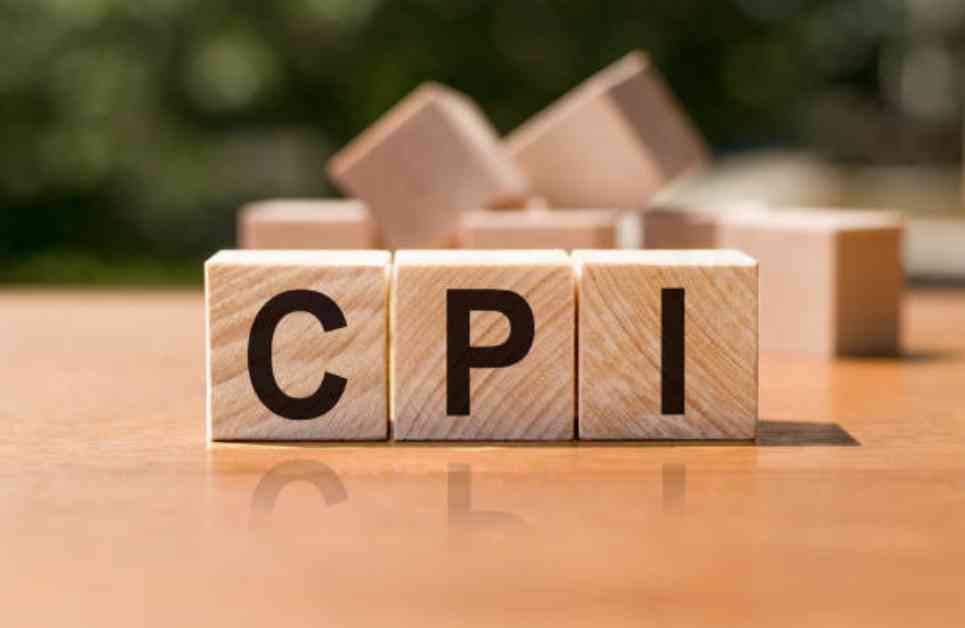Consumer price inflation likely increased slightly in June compared to May but continued to follow a downward trend overall. It is estimated that the headline CPI rose by 0.1% in June, with lower gasoline prices helping to keep the overall price increase subdued. The core index also showed a slight rebound, with an expected gain of 0.2% in June. This increase is higher than the 0.16% gain seen in May, which was the smallest monthly increase in three years. The rise in core CPI is mainly driven by core services excluding housing, along with favorable seasonal factors and easing price pressures.
The June CPI report is expected to show a slowdown in inflation compared to previous months. If the estimated 0.24% increase in June is realized, it would be a noticeable decrease from the average monthly pace of 0.35% seen in the first quarter of the year. The annualized rate of core CPI is also expected to slow down to 2.8% from 4.5% in March. While inflation is expected to continue to decrease gradually in the coming months, the pace of improvement may be slower compared to the rapid reduction seen in 2022 and 2023.
Last month’s CPI report provided some positive news on inflation, as prices remained steady in May after several months of increases. The core PCE index, the Fed’s preferred inflation measure, also showed a slower pace of increase in May. The recent soft inflation data allow some room for the next few inflation readings to be slightly stronger, giving the Fed more confidence that inflation is moving towards the target rate of 2%. However, the downward trend in core inflation is expected to continue, with the rate slowing down in June.
In June, prices for food at home are expected to remain flat or slightly decrease, providing consumers with some relief at the grocery store. The downward trend in primary shelter prices is also expected to continue, leading to a moderation in rent prices. On the other hand, core goods prices are expected to decline further in June, with vehicle prices under pressure from improved inventory and higher financing costs. Overall, the downward pressure on inflation is expected to persist as supply chain issues improve and consumer demand remains tepid.
While inflation is projected to decrease gradually in the second half of the year, the pace of improvement may be slower compared to previous years. Factors such as cost-conscious consumers, slower growth in input costs, and stable energy prices are expected to contribute to the continued decline in inflation. The core PCE deflator is also expected to show less improvement on a year-over-year basis, but annualized measurements should indicate that inflation is nearing the Fed’s target rate.
In conclusion, the June CPI report is expected to show a slight increase in inflation compared to May, but the overall trend is towards lower inflation. Factors such as lower gasoline prices, stable energy costs, and moderated food prices are contributing to the downward pressure on inflation. While inflation is expected to continue to decrease in the coming months, the pace of improvement may be slower compared to previous years.

















